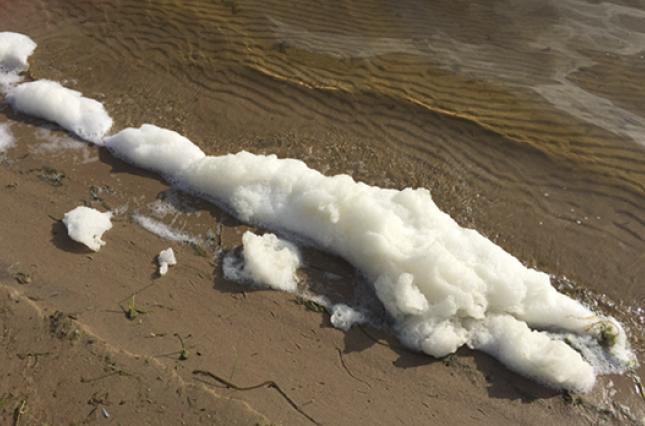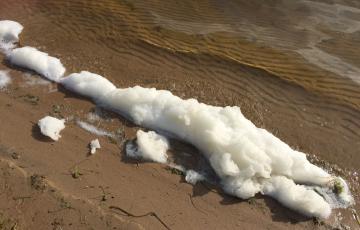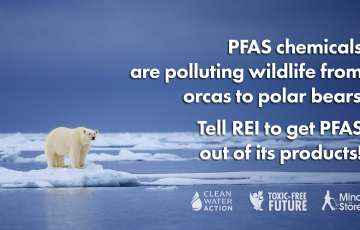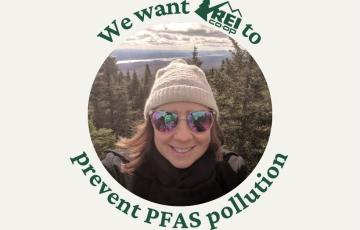

- PFAS Chemicals: Protecting Our Drinking Water and Our Health
- Shopper's Guide To Avoiding PFAS
- PFAS Glossary
- Elevated PFAS in Your Water: Steps You Can Take to Protect Yourself
- PFAS: The Forever Chemicals - Infographic
- 10 Ways You Can Take Action On PFAS
- EPA: PFAS Analytic Tools
- Clean Water Comments on EPA Proposed Drinking Water Regulations for PFAS Chemicals, May 2023
blog
Get Ready for 401Gives 2023!
March 24, 2023 | By Kerry Doyle
Clean Water Fund is participating in 401Gives, RI’s day of nonprofit giving powered by United Way of Rhode Island!
blog
"Through no fault of my own, I was exposed to these toxic chemicals. And as a result, I will die with this cancer."
January 27, 2023 | By Amara Strande
"We must come together to demand change and hold those responsible accountable for their actions. I urge all of you to take a stand against these toxic chemicals and demand change. Together we can make a difference and protect ourselves and future generations from the devastating effects of PFAS."
blog
"Nobody deserves to go through what I did. We all deserve clean water and good health."
January 26, 2023 | By Benjamin Rule
"It is unacceptable to allow these forever chemicals to destroy not only our city, but our environment and our planet as well. If PFAS chemicals are even remotely to blame for my illness then I fear for the other people, families, and children living in the areas where they are at risk of exposure."
blog
EPA Directs States to Use Water Pollution Permits to Control PFAS
December 7, 2022 | By Jennifer Peters
The Clean Water Act has many tools that can—and should—be used to keep these toxic fluorinated “forever chemicals” out of our water. EPA’s memo makes it clear that states can use their existing water program authorities to address PFAS in wastewater discharges immediately.
blog
REI--Will you put our health and planet first?
Posted on May 25, 2022
Recognizing this alarming public health and environmental issue, Clean Water Action and allies at the Mind the Store campaign have been urging REI and other retailers to ban PFAS in outdoor apparel. To date, there have been more than 110,000 petition signatures and emails from REI customers, letters from more than 100 local, state, and national organizations calling on the company to lead the outdoor apparel industry away from the entire class of PFAS.
blog
I Shouldn’t Have to Worry About Toxic Chemicals in My Son’s Raincoat: Why One REI Co-op Member Wants to See Them Ban PFAS
May 16, 2022 | By Madison Shaw
“There are so many things to be concerned about as a parent, and toxic chemicals in my son’s raincoat should not be on the list. Not only do I worry about the risk to his health; I worry for the person who had to work with the toxic chemicals making the coat in the first place.”





